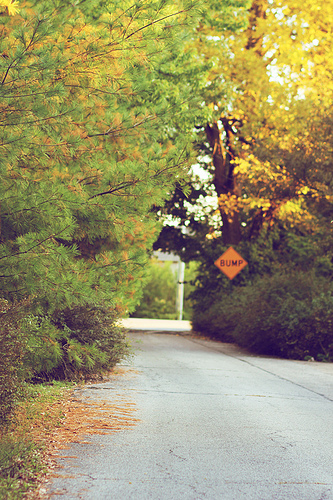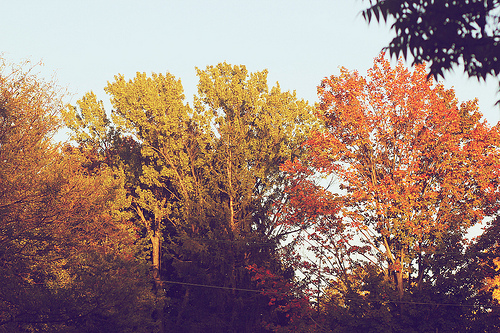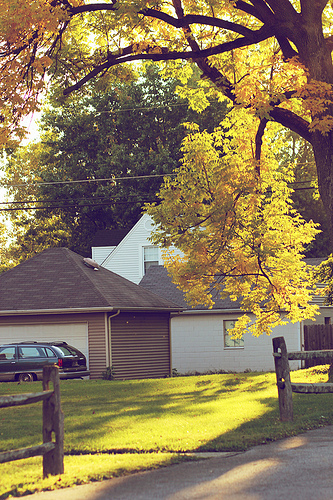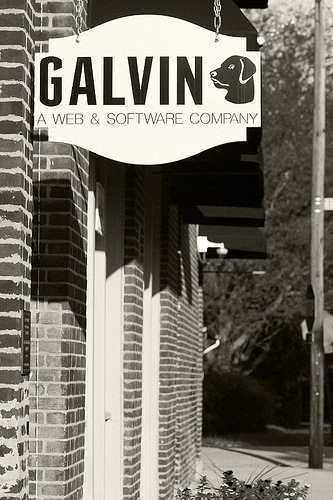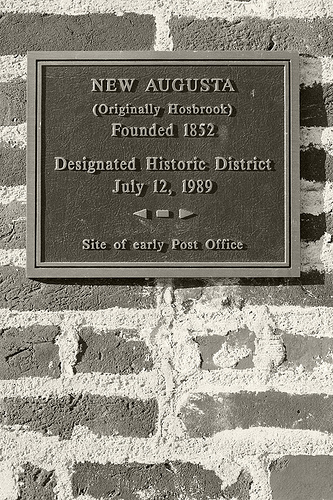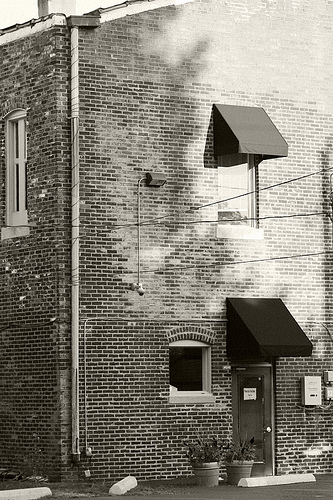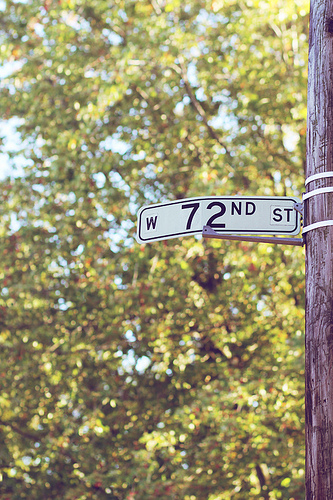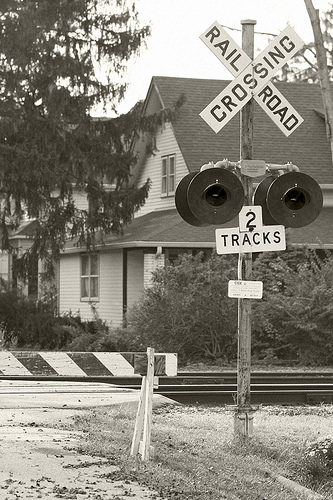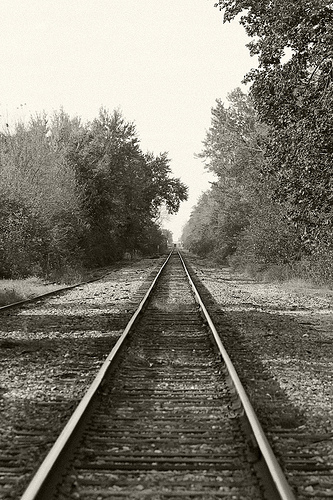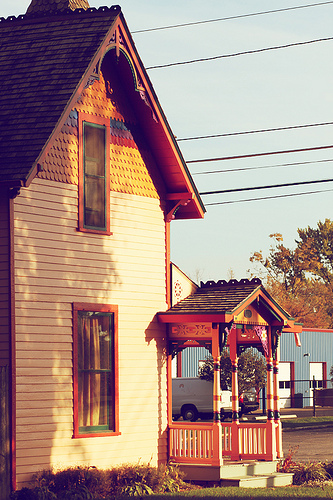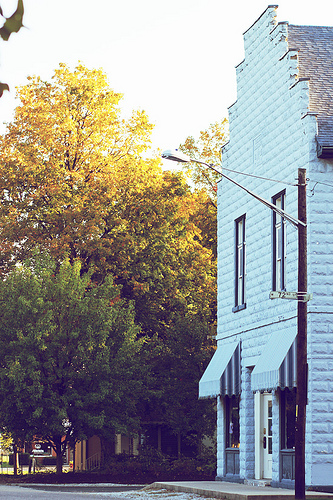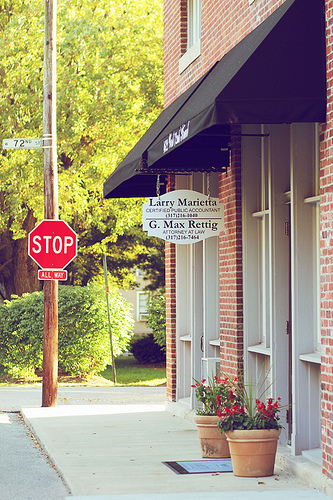The New Augusta Historic District: Galvin Shares a Glimpse into Indianapolis’s Well-Preserved & Historically-Rich Railroad Village
Winter solstice was recently celebrated in December, which means that winter has officially arrived. Like any Indiana resident knows (and dreads), the next couple of months will likely be filled with wintry, blustery, and unpredictable conditions in all forms of precipitation. If you’re like me, you wish for warmer days and begin to reminisce about other seasons that are filled with sunshine. Autumn – the season of warm, windy afternoons and cool, crisp nights – is definitely a season to remember in the Midwest.
One evening in early October, we decided to capture some of these fleeting moments of the season outside our office, which is located in the heart of the New Augusta Historic District. The result was plenty of photographs filled with warmth and color; the rich reds, antiqued browns, and golden hues filled our lenses and left us with an appreciation for where it is we work, create, and grow daily.
Since many who visit our office are usually surprised to find us tucked away in a residential neighborhood, we thought it would make sense to share these photographs of warmer days and to give a brief history of the New Augusta area.
Photos by Sarah Musselman (click here to see more)
Where and what exactly is the New Augusta area? According to the National Park Service, the New Augusta Historic District is “an excellent and intact example of the type of railroad village that dotted the once-rural townships surrounding Indianapolis”. Likewise, it happens to be “one of only two intact 19th century railroad towns in Marion County” (www.indy.gov). The New Augusta area developed into a small village at the corner of present-day 71st Street and Michigan Road, where travelers spurred the creation of general stores, a post office, and other businesses and services.
Photos by Sarah Musselman (click here to see more)
After the Indianapolis and Lafayette Railroad opened its route in 1852, a Pike Township resident named William Hornaday recognized the opportunity for economic growth and platted Hosbrook. It was renamed New Augusta by the U.S. Post Office in 1878 due to the existence of another town in Indiana named Hosbrook. (Fun fact: our office building used to be the site of the early Post Office!) New Augusta quickly became a bustling location due to the proximity to Michigan Road and the railroad in the 1870s. However, the township never grew beyond its additions in 1889, which is why New Augusta still retains its original village characteristics.
Photos by Sarah Musselman (click here to see more)
Although the neighborhoods in the New Augusta district have since settled into a quaint residential area, the architecture has been well-preserved to keep its historical roots intact. The architecture of the district dates back to the mid- to late-19th century and is beautifully representative of its time. An “L” plan Queen Anne cottage, which is of the vernacular and high style type of housing, resides on Dobson Street. The Salem Lutheran Church, which was completed in 1880, is of the mid-19th century Romanesque Revival architecture. According to the National Park Service, there is also an early 20th century Masonic Hall with a stepped gable roofline that can be found on Pollard Street. Likewise, there are some great examples of 19th century Italiante architecture along New Augusta Road.
Photos by Sarah Musselman (click here to see more)
We hope you enjoyed the glimpse into the New Augusta Historic District. We are extremely appreciative and grateful for where we work; the quietness makes the days more productive, the beauty gives us reason to take a break from our computers, and the history reminds us every day how lucky we are to have come so far.
If you haven’t had the opportunity to visit the area, we recommend parking your car and taking a walk to explore and admire the artifacts of Indianapolis’s once-popular railroad village.
What do you think of the New Augusta Historic District? Do you have anything to share about the area?

